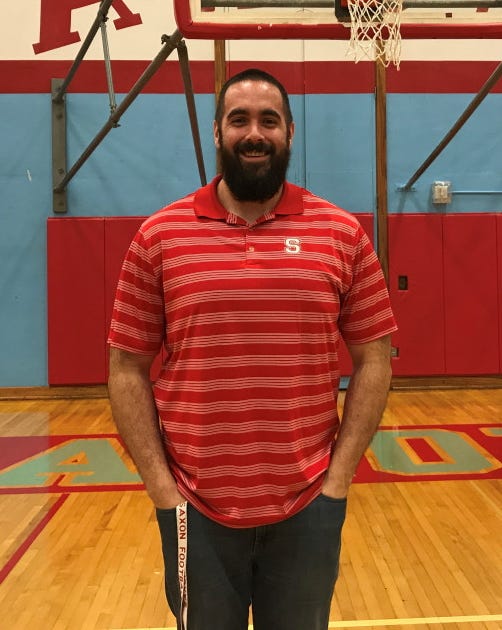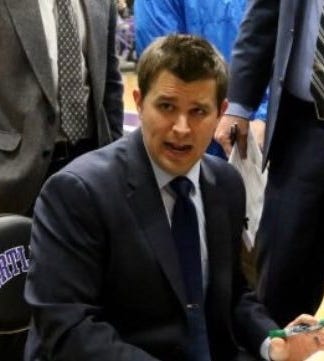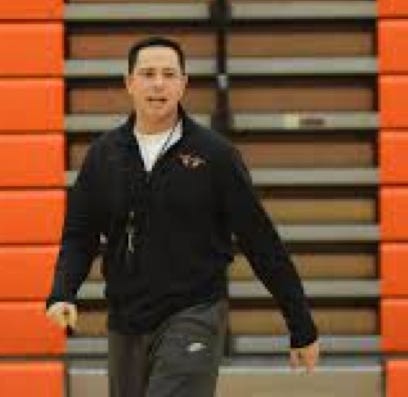Coming soon: Oregon Prep Basketball Shot Clock
The OSAA Executive Board votes to adopt the 35 second clock for 2023-24 season
This will be the last year that Oregon high schools play varsity basketball without a shot clock. The OSAA Executive Board voted unanimously today to utilize a 35 second shot clock after years of discussion and a change in national prep policy last year that caused a small rush towards the clock on a nationwide level.
The Oregon Basketball Coaches Association conducted a survey which showed a decided majority of coach voters were in favor of the shot clock—with 220 in favor versus 48 against it, and another 28 with no preference.
In Salem-Keizer, there is positive response to the news.
South Salem girls coach Adrian Lewis is among those applauding the change.
“We are the only west coast state that does not have it,” says Lewis. “I grew up playing with a shot clock.”
“Once NFHS implemented it into their rules I knew it would be coming here eventually.”
Indeed, the push for the shot clock has been on the rise since last year’s rule change by the National Federation of State High School Associations (NFHS).
Previously, states that had adopted the shot clock were declared out of compliance with the organization’s guidelines, and were barred from being on the national rules committee. That was a deal breaker for the OSAA, according to executive director Peter Weber.
“Not being on the rules committee means you can’t provide input or help make changes,” Weber said after the meeting.
“That was a pretty big deal for us.”
Up until the rule change was made, only about ten states had adopted a shot clock. Since the change, another ten or so states are now moving ahead with the change. Oregon joins Idaho, Utah, and Montana in embracing the clock. Washington and California already use shot clocks.
West Salem boys coach Travis Myers is also an enthusiastic supporter of shot clocks.
“I think (the clock) is a change that is good for the high school game,” says Myers. “I feel that the small changes that come from the shot clock will be good for the game.”
Sprague boys coach Jordan Graneto is also in the “yes” camp for a shot clock.
“I think this is long overdue in Oregon high School hoops,” says Graneto decisively.
“It will affect a number of different situations throughout the course of a game which will make the game better for players, coaches, and fans.”
All three coaches say the clock will probably result in teams applying more backcourt pressure defensively to shorten the amount of time opponents have to run their offense. They also envision zone defenses being employed more often to force outside shots against a shot clock countdown.
But the biggest change they see is in the “end of game” situations, where teams have had to frequently foul to force free throws and get the ball back faster.
“I am as guilty as anyone,” admits Graneto.
“I tell my team to get a lay-in or run off a minute of the clock… to give our team the best chance to win.”
All that will go out the window in the shot clock era.
Still, there are some concerns that all three of the coaches say will need to be addressed—the most immediate ones are getting a shot clock system installed, and the hiring and training of shot clock operators.
“That is going to be an up-front cost for schools,” laments Graneto.
“Like everything else, something new will take time,” admits Lewis about finding operators.
“It will be shaky for the first two years as people get trained for it, but I do not have any concerns… it will be rough at first, so I have to prepare for that.”
The other concern indicated by the coaches is for less successful hoops programs that are constantly coaching much less experienced players.
“I think it impacts teams that are more methodical (slower) on offense,” says Myers.
Adrian Lewis is blunter about the situation.
“This will create bigger gaps between the top, average and bad teams,” admits Lewis.
“Teams can no longer stall on offense anymore to slow the other team down or to keep the game close.”
Still, the enthusiasm among the coaches interviewed about the shot clock is virtually unanimous.
“It is better for the fans watching the game as the game will be faster,” says Graneto.
“It will likely have more scoring, and more "beat the clock" shots.”
Travis Myers is more succinct.
“It will be good for the game and for the development of players.”
Stay tuned.








